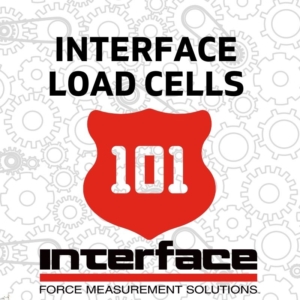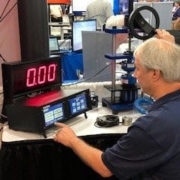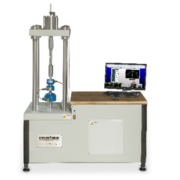Load Cell 101 and What You Need to Know
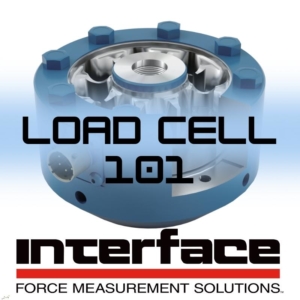 A load cell by definition is a sensor that measures and converts force into an electrical signal. In the force measurement industry, load is essentially a synonym for force, and the signal produced by a load cell is most commonly displayed in units of mass or torque. Load cells are used by all electronic scales to display weight, making them vital to the world we live in today.
A load cell by definition is a sensor that measures and converts force into an electrical signal. In the force measurement industry, load is essentially a synonym for force, and the signal produced by a load cell is most commonly displayed in units of mass or torque. Load cells are used by all electronic scales to display weight, making them vital to the world we live in today.
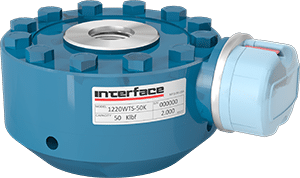
Load Cell Classifications
Load cells can be classified by either the output signal they generate or by the way they detect weight. Output signals include pneumatic, hydraulic, and strain-gauge, and weight detection includes bending, shear, tension and others. To gain a high-level understanding of load cells, its best to focus on output-signal load cells:
Pneumatic: These load cells are typically used for measuring lower weights with high degrees of accuracy. They measure weight in terms of force-balance, meaning that weight is reported as a change in pressure. Key advantages of pneumatic load cells are their resistance to explosions, in addition to their low reactivity to temperature changes.
Hydraulic: As the name suggests, these load cells are used for water measurements, most notably in tanks. Like pneumatic load cells, hydraulic load cells balance force by measuring weight as a change in pressure of a fluid, and the pressure of the fluid rises as a result of an increase in force. These load cells have no electric components, allowing them to perform well in hazardous conditions.
Strain-gage: Strain-gage load cells attach to a support beam that experiences pressure. When pressure is applied to the beam, the change in tension experienced by the material places force upon the load cell, sending and electronic signal through a component called a switching unit. This signal displays a measurement of the load, which is how much force is being exerted on the beam.
Load Cell Applications
Load cells are leveraged in a wide variety of industries, including aerospace, medical, automotive, testing, manufacturing and more. Here are some of the standard ways that load cells are applied across disciplines:
Aerospace: Load cells are key for executing basic functions like aircraft assembly, brake testing, autopilot control, tire testing, jet engine thrust and more. Aircraft, spacecraft, military and defense companies like Boeing, Airbus, Lockheed, Northrop, Bombardier, Embraer, Gulfstream, NASA and Cessna are dependent on load cells for thrust, wing, static and fatigue testing.
Medical: Medical professionals rely on load cells for fitness and rehabilitation equipment, medical testing machines, laser surgical systems, fluid level monitoring for dialysis and surgery and a number of other applications. Extreme accuracy and force sensitivity are critical to providing top-notch care during surgical procedures and everyday living.
Automotive: Automotive professionals take advantage of load cells for seat testing, crash testing, steering, fuel tank assembly, suspension and more. Automotive load cells possess a wide range of capabilities and features, like moment compensation, temperature compensation, and mechanical overload protection.
Testing: The test and measurement industry provides key data for manufacturers, engineers and service personnel to ensure their products and services will hold up under designated loads. Some general applications include force, pressure, cable tension and concrete testing.
Manufacturing: Manufacturers rely on dependable measurements to carry out their day-to-day functions. Some ways load cells are used in manufacturing include bolt and rivet fastening, harness durability testing, package filling and friction testing.
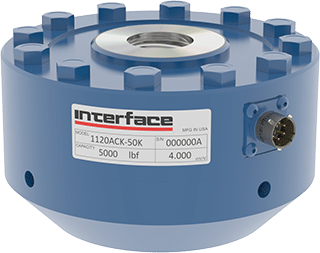 Although load cells aren’t top-of-mind for most people, load cells drastically impact our everyday lives. Load cells are what keep building from collapsing, cars from falling apart, planes from crashing and medical equipment from malfunctioning.
Although load cells aren’t top-of-mind for most people, load cells drastically impact our everyday lives. Load cells are what keep building from collapsing, cars from falling apart, planes from crashing and medical equipment from malfunctioning.
To find out more about force measurement solutions for your business, please contact Interface.
